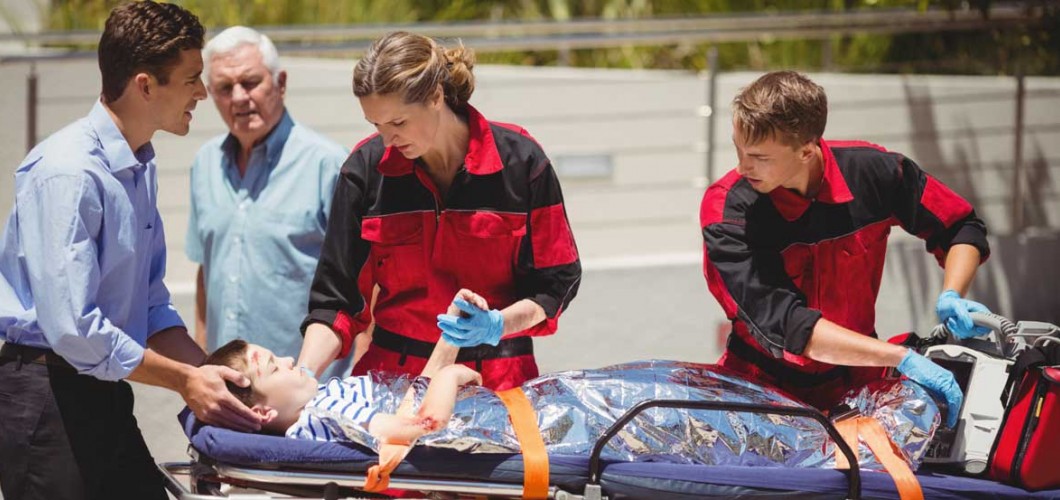
Basic First Aid Rules: 5 Life-Saving Steps
First aid is an essential skill that can increase survival chances in an emergency. Proper first aid intervention can save a life or minimize the effects of serious injuries. In this post, we will go over the 5 key steps to basic first aid that can make a difference in critical situations.
1. Ensure Safety: The First Rule of First Aid
Before you begin administering first aid, you must first ensure your own safety and the safety of others. Check if there are any dangers in the environment where the casualties are. For example, in a traffic accident, be aware that vehicles may be approaching, or in a fire, try to move away from the flames.
If the environment is not safe, it may be best to not move the casualty and instead focus on securing the area.
Steps:
- Check for hazards in the environment.
- Create a safe area.
- Only move the casualty if it is necessary to remove them from immediate danger.
2. Call Emergency Services (112)
In any emergency, it is crucial to get professional help as quickly as possible. Especially in cases of serious injuries or conditions like a heart attack, call 112 to request professional help. When you call, be sure to explain the situation clearly to gain valuable time.
Steps:
- Dial 112 and calmly explain the situation.
- Provide clear details about the casualty's condition (consciousness, bleeding, breathing, etc.).
- Administer first aid until professional help arrives.
3. Perform CPR (Cardiopulmonary Resuscitation)
If the person is unconscious and not breathing, immediate CPR (cardiopulmonary resuscitation) is essential to help them survive. CPR helps restart the heart and ensures oxygen reaches the body. Before performing CPR, check the person’s breathing to make sure they are not breathing.
Steps:
- Check the person's consciousness by calling out to them.
- Check for breathing.
- If they are not breathing, begin chest compressions. For every 30 compressions, perform 2 rescue breaths.
- Continue until help arrives.
4. Control Bleeding
Open wounds can cause serious bleeding. Bleeding control is a key part of first aid. In the case of bleeding, identify the source and apply pressure to help control the flow. If the wound is large, you may need to apply a pressure bandage to stop the bleeding.
Steps:
- Cover the bleeding area with a clean cloth or bandage.
- Apply direct pressure to stop the bleeding.
- If the bleeding continues, increase pressure with a bandage or cloth to help control the flow.
5. Assist in Shock Situations
Shock occurs when the body cannot adequately supply blood to vital organs due to blood loss or other trauma. Symptoms of shock include cold, sweaty skin, a rapidly weak pulse, and difficulty breathing. In a shock situation, raise the person’s legs to help regulate blood circulation.
Steps:
- Lay the person down in a horizontal position.
- Elevate their legs about 30 cm to improve circulation.
- Keep them warm (cover with a blanket or clothing).
- If they are unconscious, position them on their back and turn their head to the side to keep the airway open.
Conclusion: First Aid is a Skill Everyone Should Know
First aid is a life-saving skill, and being trained in it helps you react quickly and correctly in emergencies. Having basic first aid knowledge enables you to make informed decisions and assist others in urgent situations. Remember, first aid skills are vital and can be learned. By taking a first aid course, you can increase your expertise and confidence to act in emergencies.
Learning first aid does not only save lives in an emergency but also provides confidence in assisting others when needed. Never forget that we all have the potential to be life-savers.

Leave a Comment